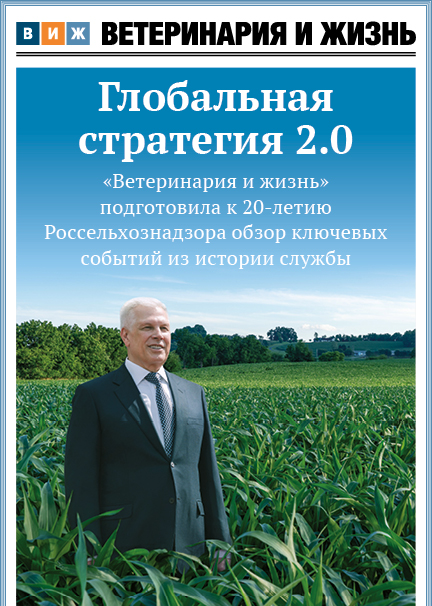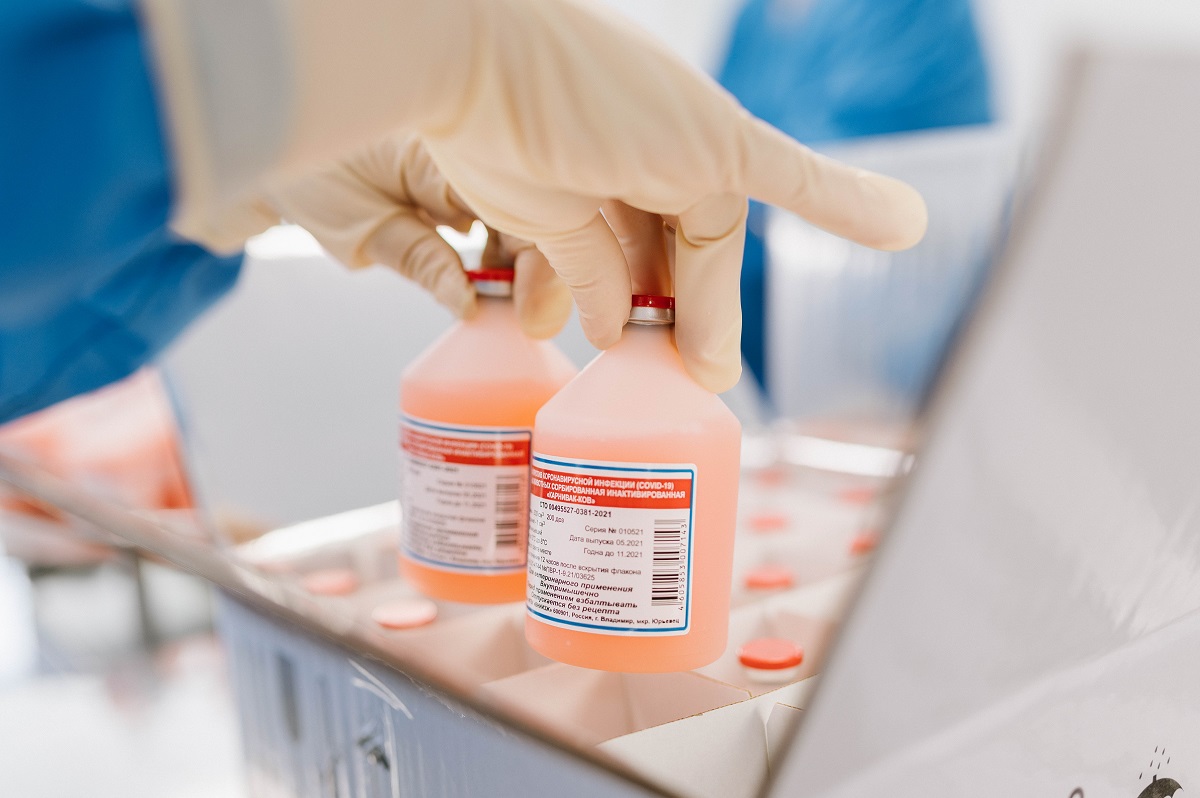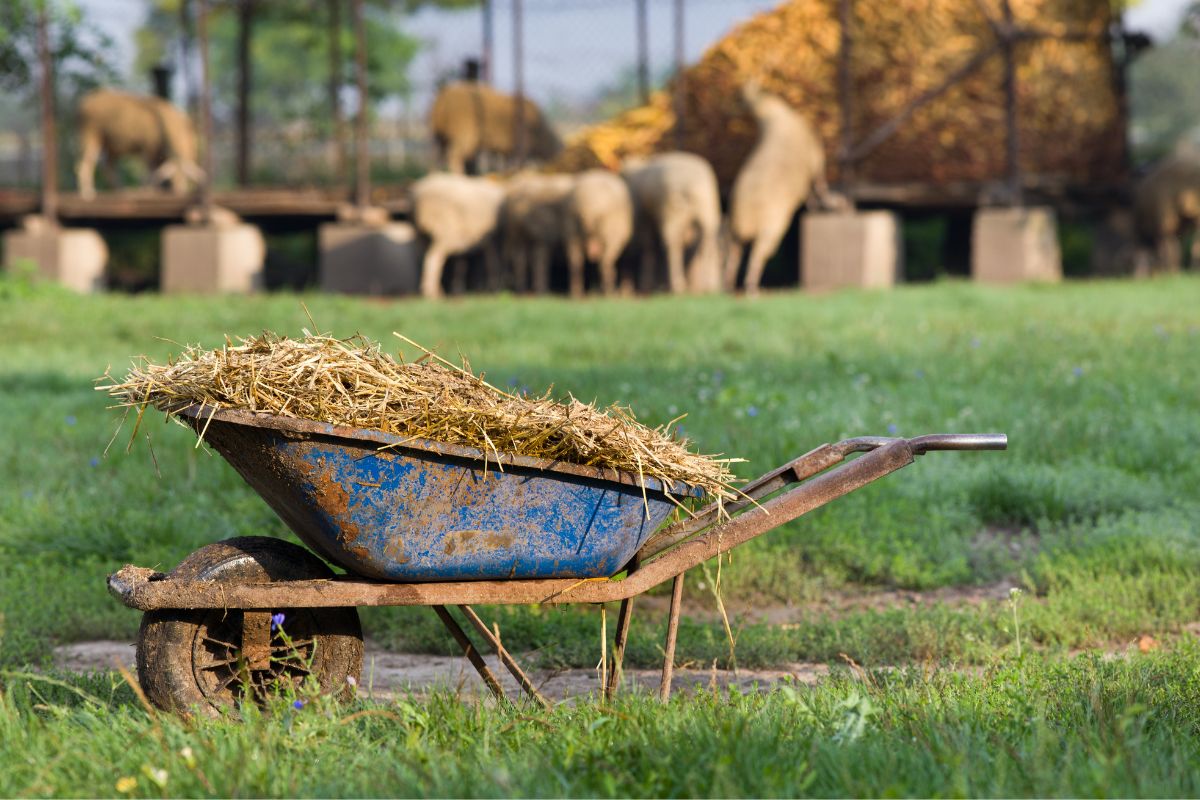The Press office explains: “We believe that mandatory labelling of medicinal products for veterinary use will allow for their traceability in the part which is not covered by the Federal State Information System “VetIS” (FSIS “VetIS”). It is also suggested that this measure will provide for the databases of various executive bodies to be brought together, which will enable tracking and analysis of the issues faced by the farming industry, such as antimicrobial resistance (resistance that pathogens develop against medicines). This problem arose, among other reasons, from the improper application of antibiotics in livestock industry.
The mandatory labelling of medicinal products for human use has been in force since July 1, 2020. Each medicine package is labeled with a Data Matrix code, which contains information on the product and helps to trace its movement from production to the end user.
“Veterinary drugs aren’t part of the labelling experiment, although its annual turnover approximates 250 million primary packages with more than 300 manufacturers present in the market. They aren’t even listed among regulated products that require accompanying documentation” says the Service.
Rosselkhoznadzor is currently developing a traceability tool for veterinary medicinal products. It is meant to be implemented within the existing FSIS “VetIS” system.
“The tool is to be integrated with the existing systems and will be arranged on the basis of the “Galen” module - traceability of the first link (identification data on the released veterinary drugs) up to the animal identification system “Horriot” (prescription records)”.
Rossekhoznadzor plans to achieve traceability of the prescription medicines by the end of 2022, but for food producing animals only, which accounts for 32,8% share of the overall turnover of veterinary medicines in Russia.
That will cover one third of the veterinary medicinal products market. And mandatory labelling could provide for the full traceability by means of both information and labelling systems of Rossekhoznadzor.
Note
In 2017 the Russian Government decided to create a national system of digital product labelling. By 2024 all goods are to be labelled. This will create a national tool, designed to increase market transparency, which will ultimately protect consumers and bring illegal trade to an end.
Ten groups of products are currently subject to mandatory labelling and five groups of products are under experimental labelling by means of identification.







